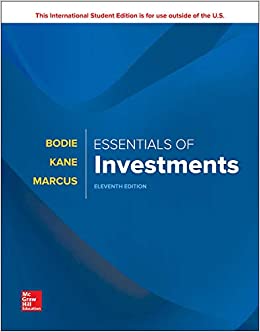

A $1,000 bond has a cupon of 4 percent and matures after twelve years
A $1,000 bond has a coupon of 4 percent and matures after twelve years. Assume that the bond pays interest annually. a. What would be the bond's price if comparable debt yields 7 percent? Use Appendix B and Appendix D to answer the question. Round your answer to the nearest dollar. :5 b. What would be the price if comparable debt yields 3' percent and the bond matures after six years? Use Appendix B and Appendix D to answer the question. Round your answer to the nearest dollar. $ c. Why are the prices different in a and b? The price of the bond in a is -Eelect- V b {in time). d. What are the current yields and the yielt The bond matures af'ter twelve years: CY: \"K: YTM: Hi: The bond matures after six years: CY: \"Bra YTM: WE: than the price of the bond in b as the principal payment of the bond in a is s to maturity in a and b? Round your answers to two decimal places. 'SElECt' v than the principal payment of the bond in a. A $1,000 bond has a 5.5 percent coupon and matures after nine years. If current interest rates are 8 percent, what should be the price of the bond? Assume that the bond pays interest annually. Use Appendix B and Appendix D to answer the question. Round your answer to the nearest dollar. $ b. If after five years interest rates are still 3 percent, what should be the price of the bond? Use Appendix B and Appendix D to answer the question. Assume that the bond pays interest annually. Round your answer to the nearest dollar. $ c. Even though interest rates did not change in a and 1), why did the price of the bond change? The price of the bond with the longer term is -Select- v than the price of the bond with the shorter term as the investors will collect the -Select- V interest payments and receive the principal within a longer period of time. d. Change the interest rate in a and b to 5 percent and rework your answers. Assume that the bond pays interest annually. Round your answers to the nearest dollar. Price of the bond [nine years to maturity): $ Price of the bond (four years to maturity): $ Even though the interest rate is 6 percent in both calcula ions, why are the bond prices different? The price of the bond with the longer term is -Select- v than the price of the bond with the shorter term as the investors will collect the -Select- longer period of time. V interest payments for a










